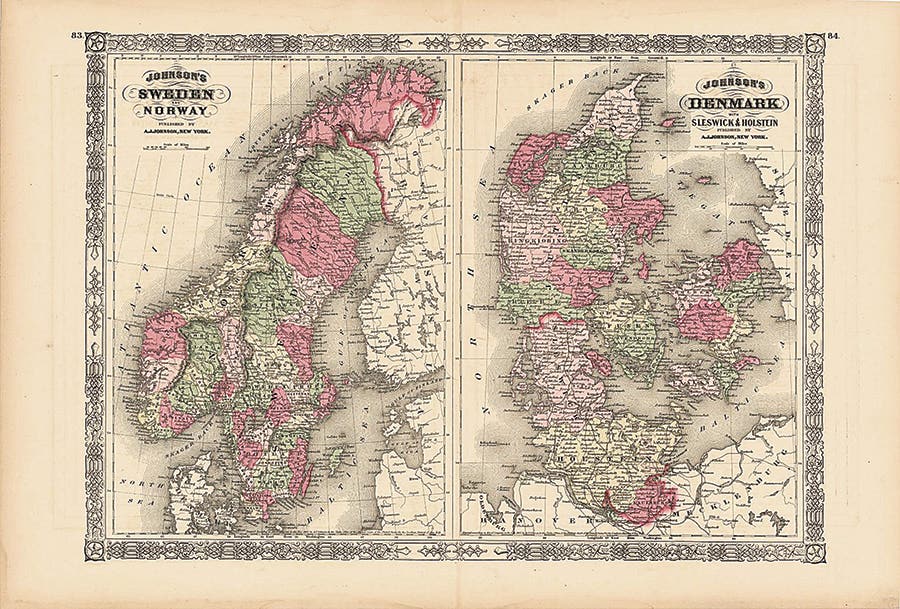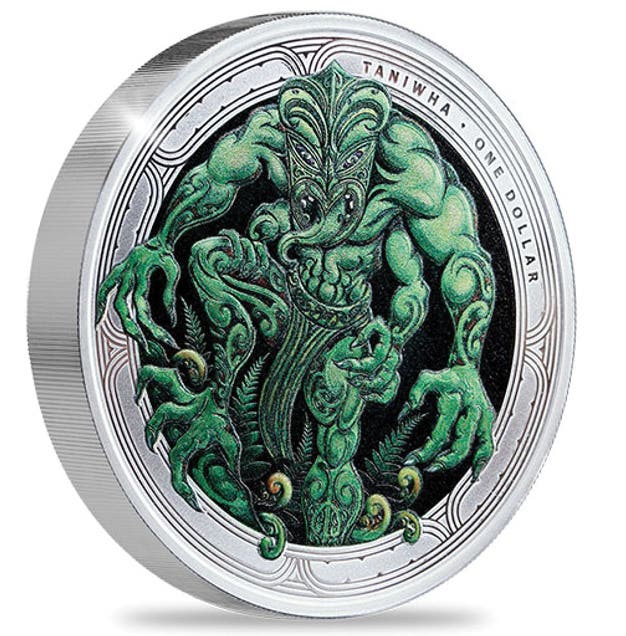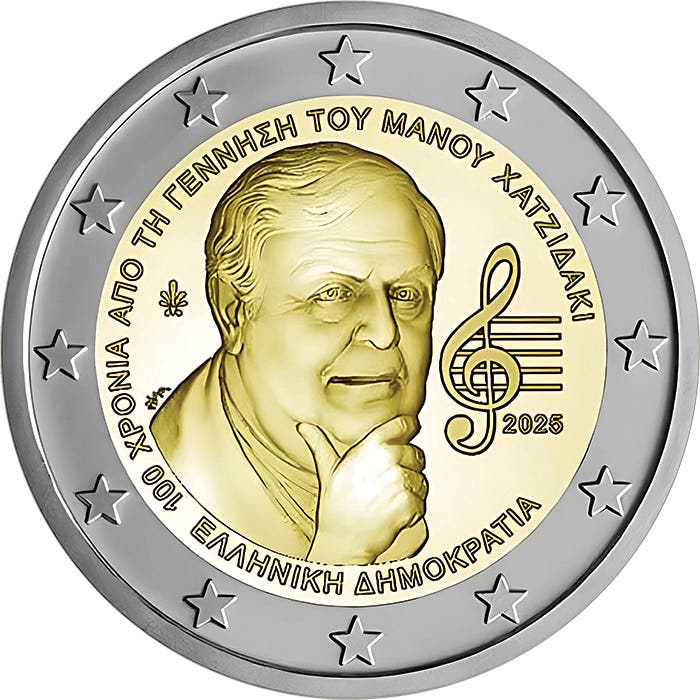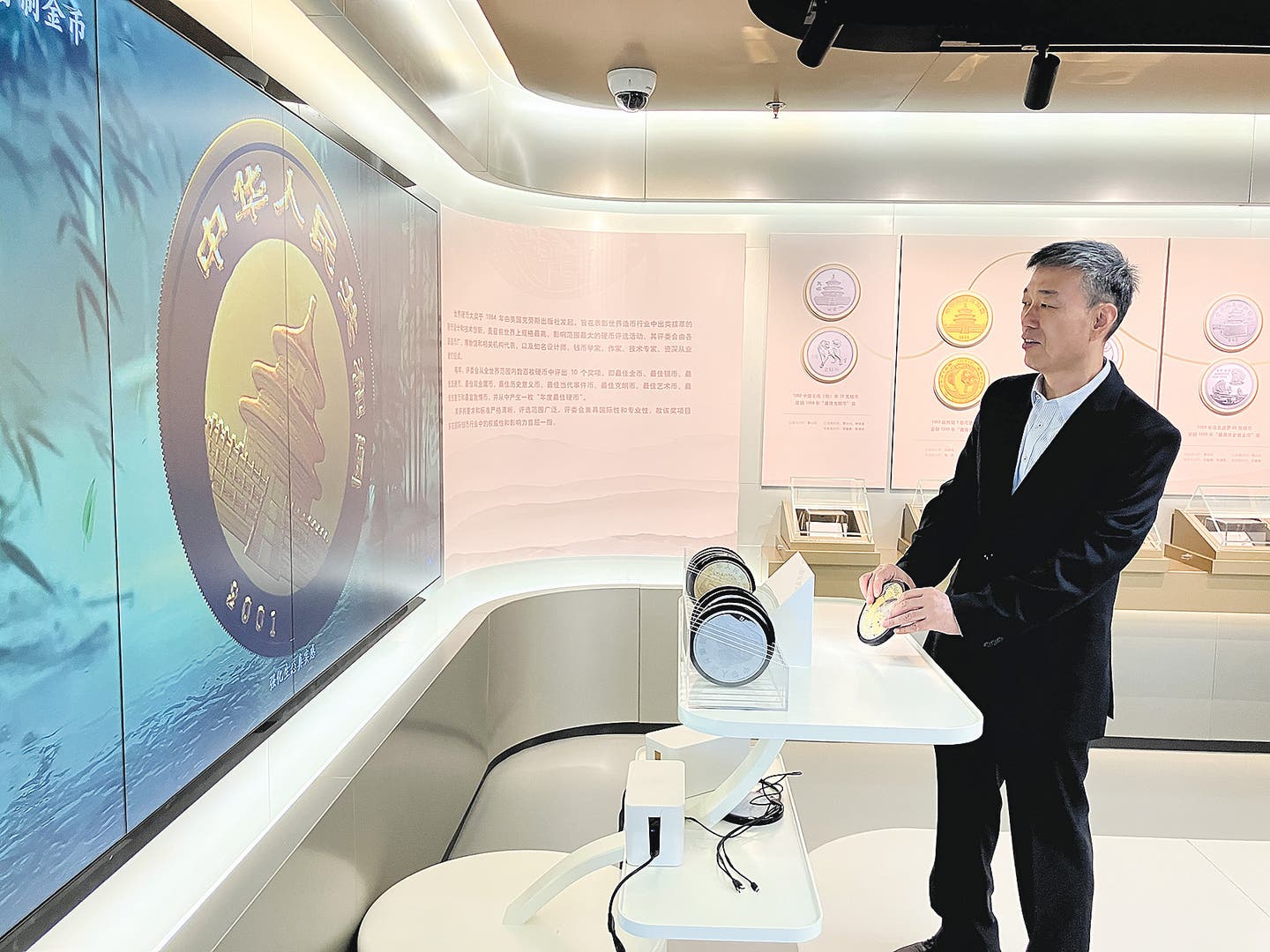Roman Republic Coin Find
Many questions remain regarding a 2021 find of Roman Republican coins now on display at the Museum of Natural History of the Mediterranean in Livorno, Italy. The 175 silver denarii…
Many questions remain regarding a 2021 find of Roman Republican coins now on display at the Museum of Natural History of the Mediterranean in Livorno, Italy.
The 175 silver denarii discovered by a member of the Livorno Paleontological Archaeological Group in an area of a forest northeast of Livorno in Tuscany date between 157 or 156 B.C. and 83 or 82 B.C. Many denarii coins of this period depict the head of Roman facing right on the obverse. One of the most commonly encountered reverses of coins of this period features Victory driving a chariot. Moneyer’s names appear in full on many issues beginning about 154 B.C.
Military uprisings known as the Social War took place between 90 or 91 and 88 B.C. Denarii were issued by the Marsic Confederation during this time, followed by additional Roman Republic denarii issued through 41 B.C. The names of moneyers L. Marcius Censorinus, C. Mamilius C.f Limetanus, P. Crepsius, L. Cornelius Sulla, Manlius Torquatus, C. Valerius Flaccus, C. Annius T.f. T.N. Luscus, L. Fabius l.f. Hispaniensis, and C. Tarquitius on coins have all been attributed to have been struck no later than 82 B.C.
The Tuscan Forest coins were discovered in the remains of a terra cotta pot. Two of the coins were broken, but in general the coins were reported to be in excellent condition. One of the larger coin groups dates between 109 and 100 B.C., however this number doubles in subsequent decades. Majority of the coins are dated between 91 and 88 B.C.
The 175 denarii was a considerable sum of money at the time. It is known that at the time of Emperor Domitian (81-96 A.D.) he increased the pay of a foot soldier from three installments from 75 denarii each in January, May, and September. It took 25 silver denarii to equal one gold aureus at that time.
The face value and contemporary spending power of this find lead archaeologists to speculation about the hoard. The Livorno Paleontological Archaeological Group commented that “the little treasure could be the savings of a soldier.”
Dr. Lorella Alderighi studied the find. According to Alderighi, “This treasure is about a person’s life, the savings of a soldier’s life and his hopes for building his farm. However, it also tells a sad story: The owner of the coins died before he could make his dreams come true using his savings. The coins tell his story.”
Alderighi continued, using a more pragmatic explanation: “It was a very turbulent historical period. Sulla’s soldiers conquered territories as they advanced from south to north. But central Italy and Tuscany had not yet been conquered.”
Likely referencing Tuscany Alderighi said, “It is one of the very few hoards of ancient coins found intact and provides a lot of numismatic, historical and social information.”
Newcastle University Professor of Classics and Ancient History Federico Santangelo took a less romantic view of explaining the find. Live Science magazine quoted Santangelo as saying, “I don’t think we should trace this money to a soldier, although in principle it is possible. A number of people at times of crisis buried their stash of money and for whatever reason were prevented from retrieving it.”
The fact that none of the coins appears to have been minted later than 82 B.C. may indicate the hoard was intentionally hidden about the time Roman General Lucius Cornelius Sulla successfully launched an attack against the Roman Republic. Sulla belonged to the optimate faction of the Roman senate, the supporters of the wealthy upper classes wanting to retain the status quo.
The Social War was caused by Italian cities that supplied men for Rome’s army but were refused the right to vote or participate in political decisions. These Roman allies, known as the socii, rebelled. Rome relented, however Sulla, serving under the consul Luicius Julius Caesar, increased his social prestige and political reputation as a result of the conflict. Sulla would serve as consul twice and was the first man in the Roman Republic to seize power by force.
Sulla is often remembered to history for his cruelty, however he reinstated senatorial power in the courts Members of the Populare wanted a jury comprised of equestrians, while Optimate wanted a jury comprised of senators. The Populare represented the masses.
Sulla is also remembered for his gold and silver coins connected to his military operations in the East to pay his troops. None of the coins struck in Greece or Asia Minor were discovered in the Tuscany find.









